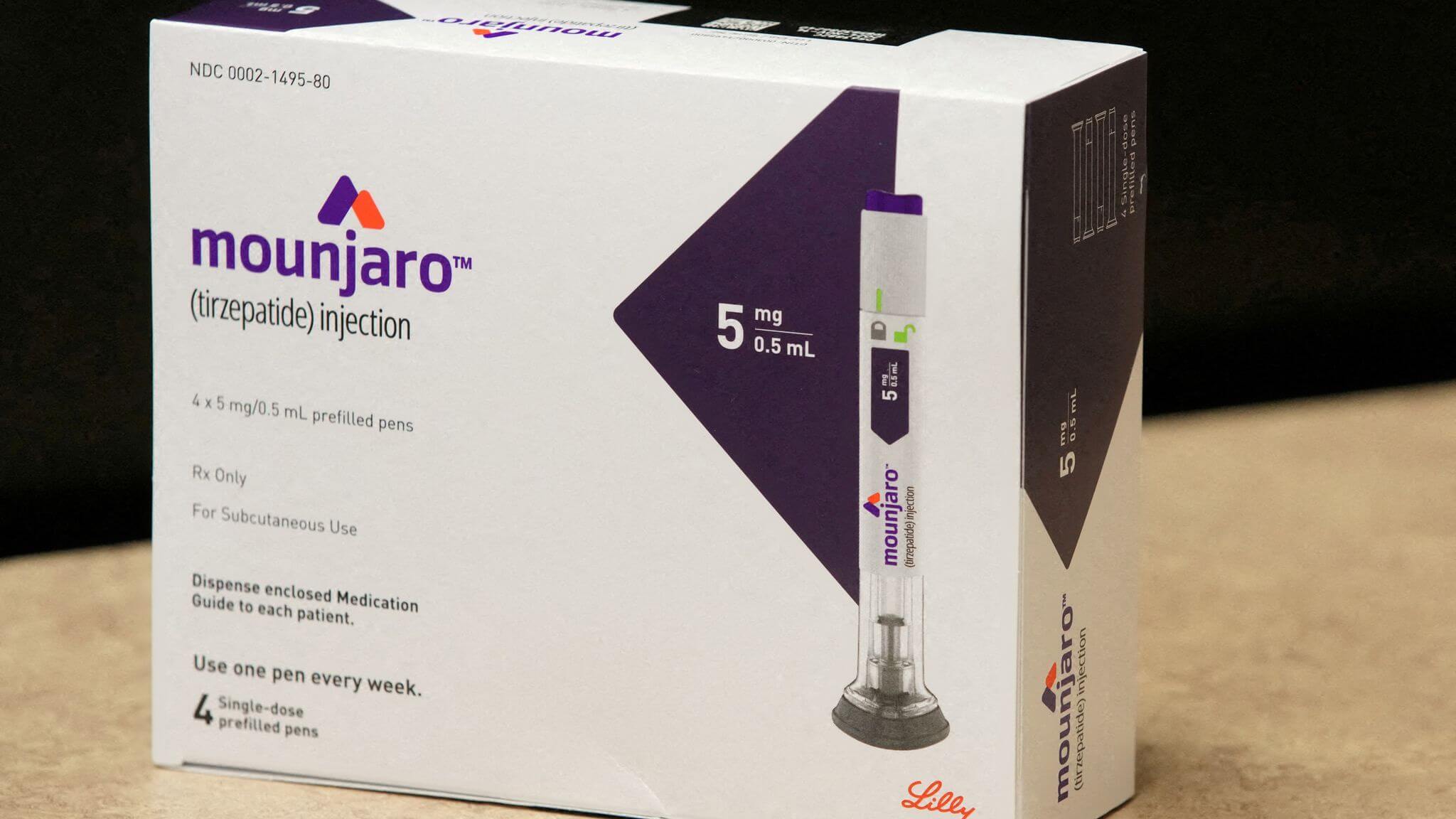Nanoparticles may help detect cancer early
Mon 18 Dec 2017, 08:53:42

Using light-emitting nanoparticles, scientists, including those of Indian-origin, have developed a highly effective method to detect tiny tumours and track their spread, potentially leading to earlier cancer detection.
The study, published in the journal Nature Biomedical Engineering, showed that the new method is better than magnetic resonance imaging (MRI) and other cancer surveillance technologies.
The ability to spot early tumours that are starting to spread remains a major challenge in cancer diagnosis and treatment, as most imaging methods fail to detect small cancerous lesions.
However, the study shows that tiny tumours in mice can be detected with the injection of nanoprobes, which are microscopic optical devices, that emit short-wave infrared light as they travel through the bloodstream ? even tracking tiny
tumours in multiple organs.
tumours in multiple organs.
The nanoprobes were significantly faster than MRIs at detecting the minute spread of tiny lesions and tumours in the adrenal glands and bones in mice.
"Cancer cells can lodge in different niches in the body, and the probe follows the spreading cells wherever they go," said Vidya Ganapathy, from the Rutgers University in the US.
The technology could be used to detect and track the 100 -plus types of cancer, and could be available within five years, said Prabhas V Moghe, from the Rutgers University.
Real-time surveillance of lesions in multiple organs should lead to more accurate pre- and post-therapy monitoring of cancer. "You can potentially determine the stage of the cancer and then figure out what's the right approach for a particular patient," Moghe said.
No Comments For This Post, Be first to write a Comment.
Most viewed from Health
AIMIM News
Latest Urdu News
Most Viewed
May 26, 2020
Where should be the burial of the pilgrims martyred in the Saudi Arabia bus accident?
Latest Videos View All
Like Us
Home
About Us
Advertise With Us
All Polls
Epaper Archives
Privacy Policy
Contact Us
Download Etemaad App
© 2025 Etemaad Daily News, All Rights Reserved.

























.jpg)
.jpg)
.jpg)


